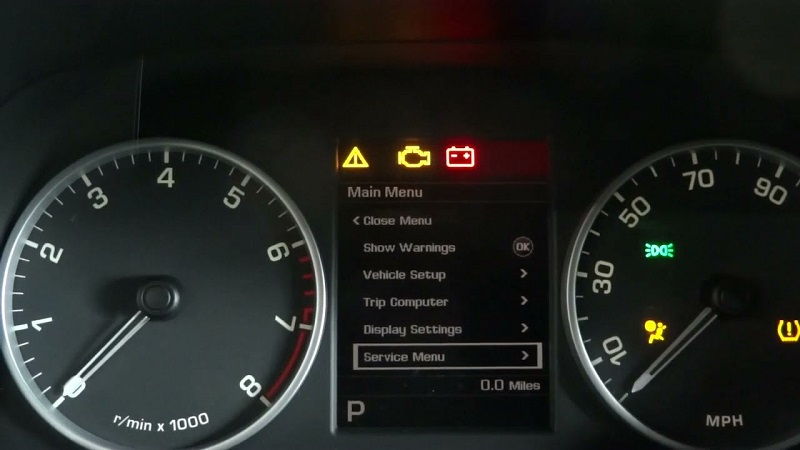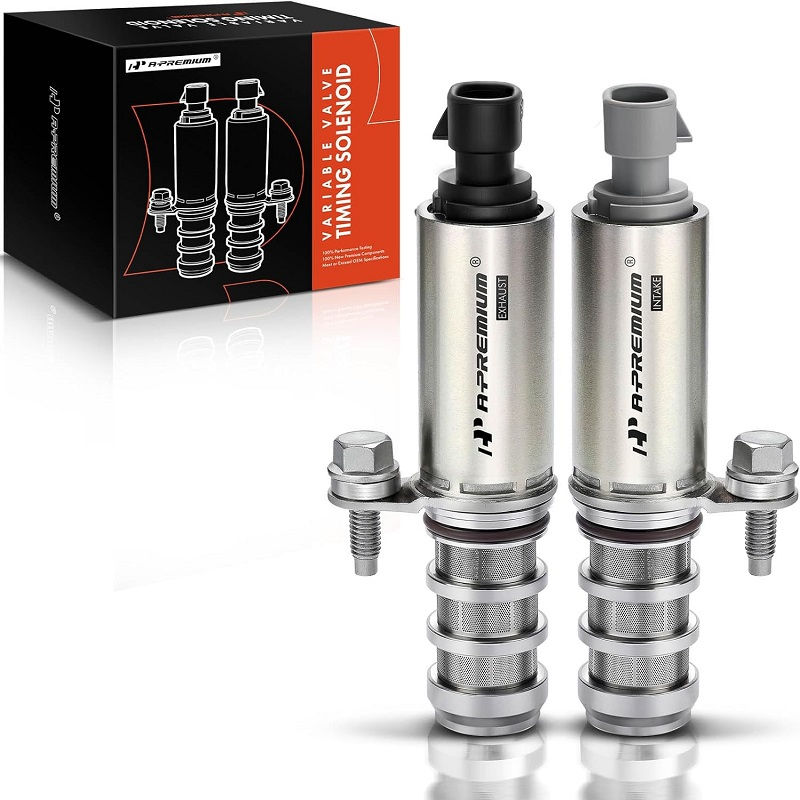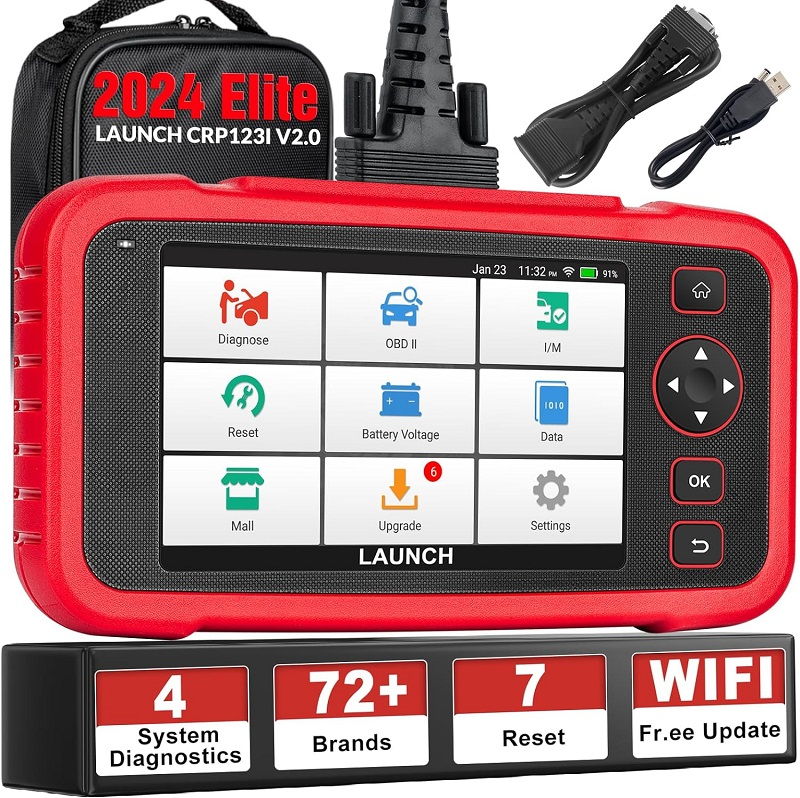This post contains affiliate links. This means I will make a commission at no extra cost to you should you click through and make a purchase [ “As an Amazon Associate, I earn from qualifying purchases.” ]. Read the full disclosure here.
Deciphering P003E: Understanding “A” Camshaft Profile Control Performance/Stuck Off Bank 2 GuideMechanic.Com In the intricate world of automotive diagnostics, the array of fault codes emitted by onboard computers serves as a cryptic language, often leaving both mechanics and vehicle owners perplexed.
Among these codes, P003E stands out, indicating “A” Camshaft Profile Control Performance/Stuck Off Bank 2. Deciphering this code requires unraveling its complexities to unveil the underlying issues and potential solutions.
See Also: P003C “A” Camshaft Profile Control Performance/Stuck Off Bank 1
P003E “A” Camshaft Profile Control Performance/Stuck Off Bank 2
Grasping the Fundamentals

Before delving into the nuances of P003E, it’s essential to grasp some foundational concepts. Modern vehicles are equipped with sophisticated systems aimed at optimizing performance, fuel efficiency, and emissions control.
One such system is Variable Valve Timing (VVT), which adjusts the timing of valve opening and closing events to enhance engine efficiency across varying operating conditions.
Camshaft profile control, a subset of VVT, plays a pivotal role in regulating the lift and duration of valve opening by altering the camshaft’s profile.
This adjustment optimizes engine performance by balancing power output and fuel consumption, thus contributing to overall driving dynamics.
P003E “A” Camshaft Profile Control Performance/Stuck Off Bank 2
Decoding P003E
Now, let’s decode P003E. The “P” prefix denotes that the code originates from the powertrain control module (PCM), signaling a potential issue within the engine or transmission. The subsequent digits and letters provide specific details regarding the problem:
P: Powertrain code
003E: Unique trouble code identifier
“A” Camshaft Profile Control refers to the intake camshaft on Bank 2 of the engine. In most engine configurations, Bank 2 typically encompasses cylinders located on the opposite side of Bank 1. This distinction is crucial for targeted diagnostics, as it helps pinpoint the affected components with precision.
The term “Performance/Stuck Off” suggests a deviation from the expected behavior of the camshaft profile control system. Unlike a “stuck on” condition, where the mechanism remains fixed in a particular position, being “stuck off” implies a failure to engage or operate as intended, resulting in suboptimal performance.
P003E “A” Camshaft Profile Control Performance/Stuck Off Bank 2
Common Culprits
Several factors can trigger the P003E fault code, ranging from mechanical anomalies to electrical malfunctions. Identifying these underlying causes is paramount in devising an effective diagnostic and remediation strategy:
Mechanical Binding:
Accumulated debris, sludge, or mechanical wear within the VVT system can impede the movement of components, causing the camshaft profile control to remain inactive or perform suboptimally.
Faulty Solenoid or Actuator:
VVT systems rely on solenoids or actuators to modulate camshaft timing. A malfunctioning solenoid or actuator can hinder proper operation, leading to performance issues or a “stuck off” condition.
Oil Flow Restriction:
Adequate oil pressure and flow are imperative for VVT systems to function seamlessly. Any restriction or contamination in the oil passages can impede the movement of VVT components, compromising performance.
Electrical Glitches:
Wiring harness issues, connector corrosion, or PCM malfunctions can disrupt communication between the control module and VVT components, resulting in erratic behavior or failure to engage.
P003E “A” Camshaft Profile Control Performance/Stuck Off Bank 2
Diagnostic Approach
Effectively diagnosing and resolving P003E necessitates a systematic approach coupled with the utilization of diagnostic tools. Here’s a step-by-step outline of the diagnostic procedure:
Code Retrieval:
Begin by retrieving the trouble code using an OBD-II scanner. Take note of any accompanying codes or freeze frame data to provide context for the diagnosis.
Visual Inspection:
Conduct a thorough visual inspection of the VVT system, checking for signs of damage, leaks, or obstructions. Pay particular attention to wiring, connectors, and components associated with camshaft profile control on Bank 2.
Functional Tests:
Perform functional tests on the VVT solenoid or actuator, verifying their responsiveness to commands from the PCM. Monitor camshaft position sensor readings and compare them to expected values.
Oil Pressure Evaluation:
Assess oil pressure at various engine speeds to ensure it meets manufacturer specifications. Inspect oil passages for blockages or contamination, addressing any issues encountered.
Component Replacement:
Based on diagnostic findings, replace any defective components such as solenoids, actuators, or sensors. Ensure proper installation and calibration in accordance with manufacturer guidelines.
Code Clearance and Verification:
After completing repairs, clear the trouble codes and conduct a road test to confirm proper operation. Monitor live data to ensure that the issue has been resolved satisfactorily.
Conclusion
See Also: P003D “A” Camshaft Profile Control Stuck On Bank 1
In conclusion, P003E, denoting “A” Camshaft Profile Control Performance/Stuck Off Bank 2, presents a diagnostic challenge that demands meticulous attention to detail.
By understanding the intricacies of VVT systems and adhering to a structured diagnostic approach, automotive technicians can effectively address this issue and restore optimal engine performance.
As automotive technology continues to advance, staying abreast of diagnostic techniques and embracing innovation remains crucial in maintaining and servicing modern vehicles.
- P007F 62 Code Range Rover - June 10, 2024
- P007F Ford Focus: Causes, Diagnosis, and Solutions - June 5, 2024
- P0080 Ford: Causes, Diagnosis, and Solutions - May 31, 2024


